Secret Language of Cats - Cat Tail Movements
Understanding Cat Tail Movements: What Your Cat is Telling You
Cats are mysterious creatures with their own unique ways of communicating. One of the most expressive parts of a cat's body is its tail. Understanding the meanings behind various tail movements can help you better interpret your cat's emotions and intentions. Here’s a guide to decoding what different cat tail positions might mean.
1. Angry
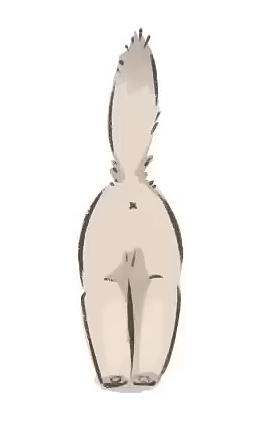
Tail Position: Flicking or Puffed-Up
When a cat is angry, its tail may flick rapidly from side to side or thump against the ground. This movement signifies irritation or agitation. Additionally, a puffed-up tail is a defensive posture, indicating that the cat feels threatened or aggressive. If you notice these signs, it's best to give your cat space and avoid further provoking them.
2. Happy

Tail Position: Upright and Relaxed
A happy cat often holds its tail upright with a slight curve at the tip, resembling a friendly question mark. This tail position signals that your cat is confident, content, and comfortable in its environment. A happy cat may approach you with an upright tail, ready for affection or play.
3. Interested
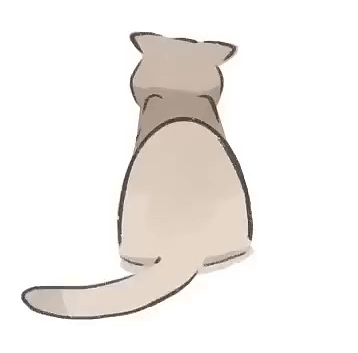
Tail Position: Upright with Slight Movement
An interested cat may hold its tail upright with gentle movements or a slight wagging. This position shows curiosity and engagement with the environment. Your cat might display this tail movement when encountering something new or intriguing, like a toy or an unfamiliar object.
4. Irritated
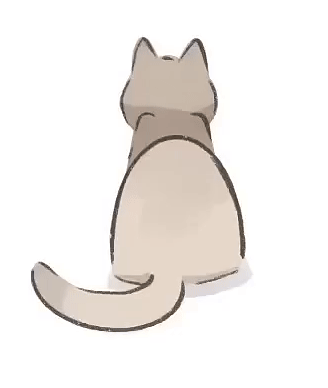
Tail Position: Swishing or Flicking
A swishing or flicking tail is a sign of an irritated or annoyed cat. This movement indicates that the cat is becoming frustrated or overstimulated. It’s a good idea to back off and let your cat calm down if you notice this tail behavior.
5. Hunting
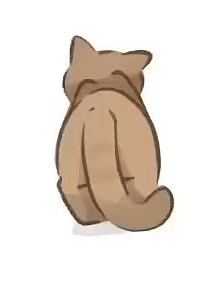
Tail Position: Low and Twitching
During hunting or play, a cat’s tail is typically held low to the ground and may twitch slightly. This indicates that the cat is focused and ready to pounce. The subtle movements of the tail help your cat maintain balance and precision while stalking prey or toys.
6. Scared
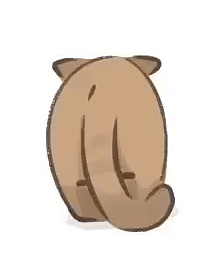
Tail Position: Puffed-Up and Tucked
A scared cat will often have a puffed-up tail as part of a defensive response, along with an arched back. Alternatively, the cat may tuck its tail tightly against its body, indicating fear and submission. If your cat appears scared, providing a safe and quiet space can help them feel more secure.
By observing your cat's tail movements, you can gain valuable insights into their emotional state and needs. Paying attention to these signals can enhance your bond with your cat and ensure their well-being. Understanding cat body language is key to a harmonious relationship with your feline friend.




New Comment